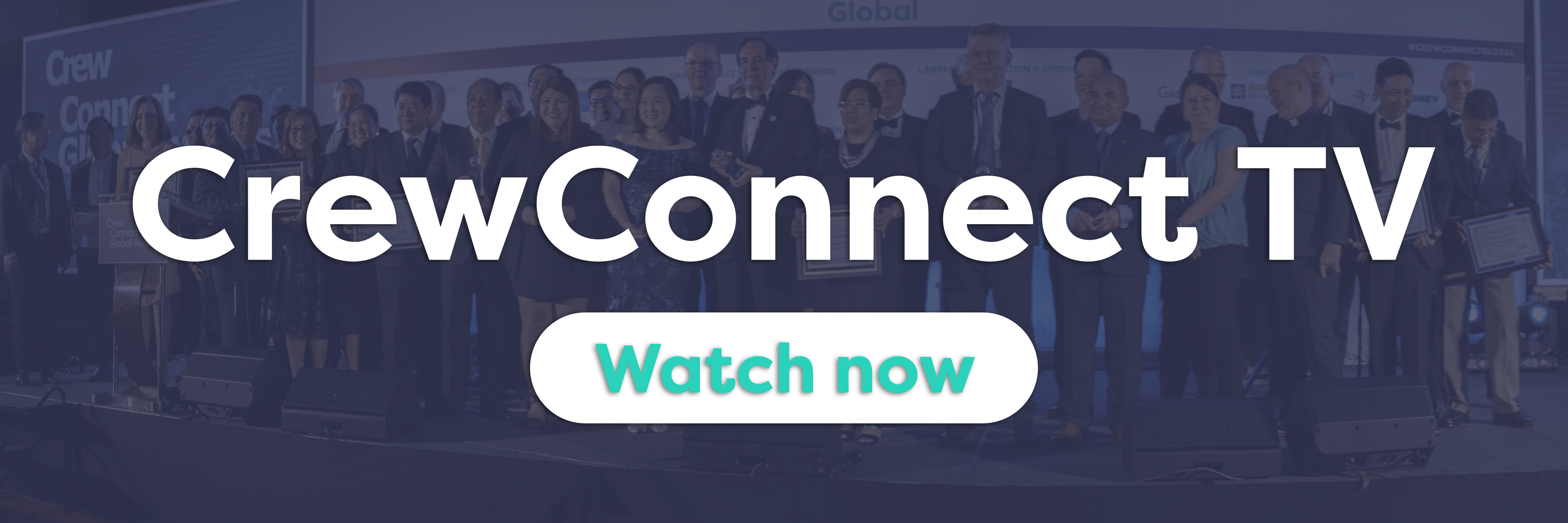The biggest survey ever conducted in the cruise industry

At this year’s CrewConnect Global, we spoke to the leaders and stakeholders of this industry, and found out about their views on the changes in the maritime industry and their impact on crewing and seafarers.
Paul Wheeler, Fleet Safety Director at Holland America Group, and Joe McCormack, Fleet-Occupational Safety Advisor & R.T.I.T.B. Instructor at Princess Cruises, discuss step by step how they identified the safety culture within their organisations, how they engaged with the seafarers, and the role of technology in this.
How did you go about identifying safety culture within your own organisation?
Wheeler: “We were having a number of issues on our ships. We were having a lot of injuries which were actually not down to skills. They were caused by people rushing, cutting corners, and not following procedures. We knew that we had a cultural issue, so to find out what that issue was, we did a survey, which is probably the biggest survey ever conducted in the cruise industry. We actually got an 80% response rate, and that was 21,000 surveys completed, which is pretty amazing.
From those surveys, the questions gave us an idea about our safety culture and what our crew thought about it. We’ve had some very interesting responses. I was very surprised because quite a lot of our crew are Filipino or Indian, and normally when you ask them about safety, they always say ‘Oh yes! Everything’s fine’. But the actual responses from the survey are very different. We had a lot of them voicing concerns which is really good because we got to the bottom of what our problems were.
Some of the crew members even wrote all the way around the sides of the form and on the back which was amazing because people with comments normally write a couple of things. They were really expressive with their responses.”
That’s incredible because it’s really hard to get people to respond like that.
Wheeler: “It is, yes. We actually did a paper survey because we felt that not everyone was up to speed with technology. Besides, there’s only so many ways they could do it on the ship, there’s only so many common computers they can go to. We were able to get a drop in every cabin so we got the forms directly to everyone. The supervisors were told to push the response. They were anonymous, folded up and put in like a ballot box, so I can pull one out and I can’t tell who filled it in at all.”
How do you ensure safety culture remains in your organisation?
Wheeler: “One of the big things is getting crew members to speak up and point things out to us. Every day, they see hazards and quite often they just go about their job and don’t say anything. But then if something goes wrong, they say ‘Oh yes, I knew that’. Why didn’t they speak up?
A lot of times, they’re afraid to speak up so what we have to do as an organisation – and this applies to all organisations – is make people feel that they’re safe to speak up and that there won’t be something bad happening to them because they said ‘This isn’t correct’ or something’s broken.
That’s really hard to change. We have a difficult task to do that but we’ll get there eventually. We’ll be doing training, information packs, and get our management to lead by example by going around and talk to them to make sure they’re comfortable talking about safety.
I know from experience when I go around and talk to crew members about safety and ask ‘Is everything okay?’, they say ‘Yes sir, everything’s fine’. But then 10 minutes later I go around to see what they’re doing and I find that they’re doing something dangerous. There is a real reluctance sometimes to speak up and they’re afraid of what’ll happen to them. We just have to make them feel very relaxed and comfortable to say something.”
What role does technology play in your safety culture and in getting your message across?
McCormack: “From the recent survey which Paul mentioned earlier, we’ve identified that the crew were a bit fed up with the same old type of training. We took that on board, and we developed some of our training for use of VR headset. We use VR pros which have just recently been tested on one of our ships. I was there to test it myself with 6 of our senior engineers. They’ve really liked the product. They liked the delivery, the immersion factor of VR training, so we are looking to roll it out for this particular element of safety culture programme. Next year, we will roll this out to all our 40+ ships with 10 headsets each. So we’re looking ahead; we’re entering the modern world with training.”
Where do you see your safety culture in 5 years' time?
McCormack: “We have a safety culture but it’s probably not quite where it should be. We see it as a compliance culture where people do things because they are told to do them. They all have to do it, of course, but they don’t actually use their own heads to figure things out like doing things safe all the time. They do it because the boss is around or the supervisor is here. The book says you have to do it. We want to enter an area where we have a commitment culture which is in people’s DNA to do safety. Go to sleep with it; wake up with it; think about safety in every task they do. So in five years, we are looking to change our culture to a commitment type culture.”
